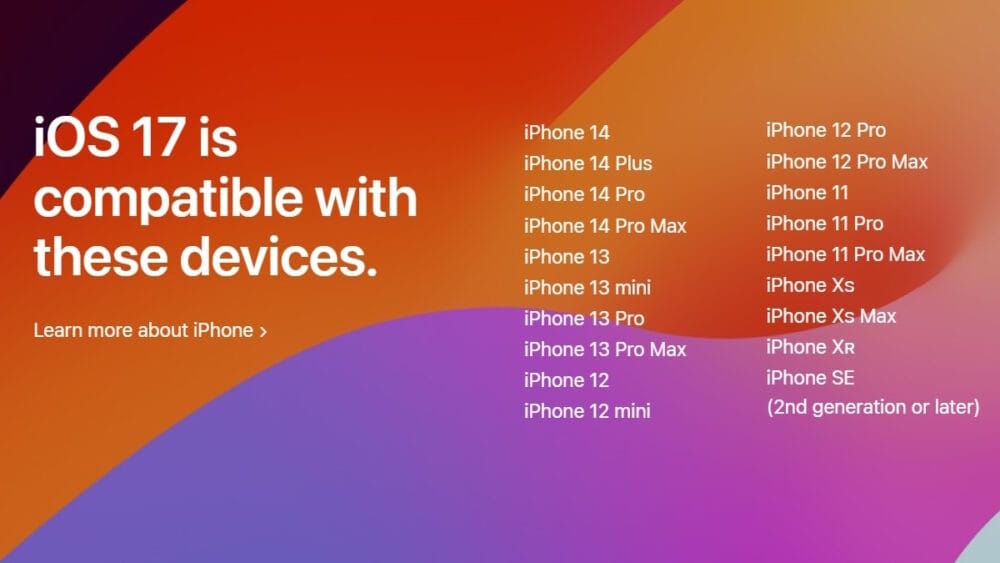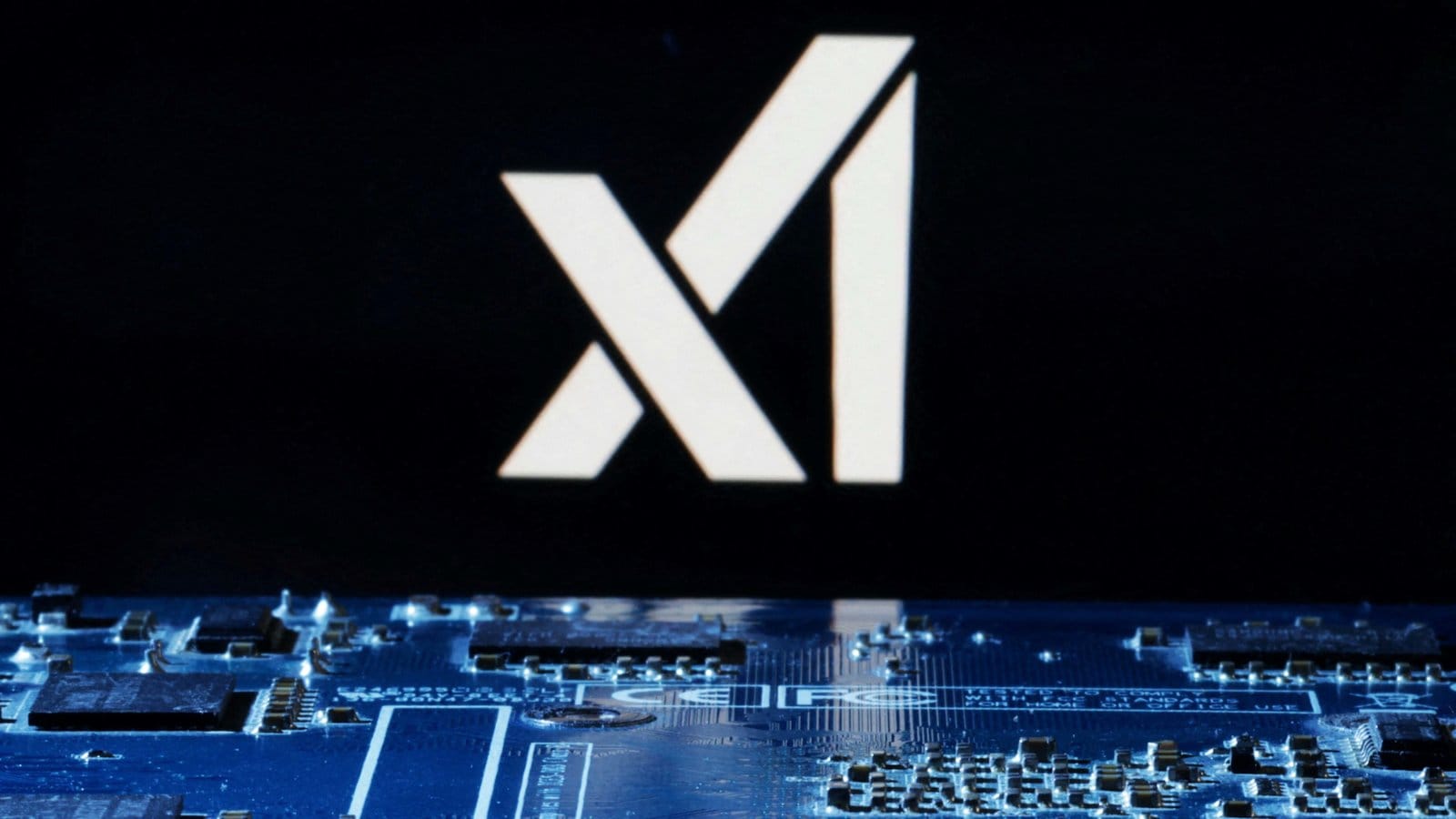The United States has seen a rise in the use of USB-C cables, which have become a standard feature in many modern devices. While these cables offer faster data transfer rates and reversible connections, they also present a unique opportunity for malicious actors to compromise computer security. Researchers have recently discovered that a USB-C cable can be easily manipulated to hide malicious hardware, making it a potentially significant threat to computer security.
The researchers, who have chosen to remain anonymous, used a CT scan to examine the internal components of a compromised cable. The results were shocking: the cable contained a small, hidden circuit board that was capable of intercepting and manipulating data transmitted through the cable. The circuit board was cleverly disguised as a standard cable component, making it nearly impossible to detect without advanced imaging techniques.
The compromised cable was designed to look and function like a standard USB-C cable, but it contained a range of malicious components, including a microcontroller, a radio frequency (RF) transmitter, and a small antenna. These components allowed the cable to intercept and manipulate data transmitted through the cable, including sensitive information such as passwords and encryption keys.
The researchers were able to demonstrate the cable’s malicious capabilities by using it to hack into a computer and steal sensitive information. The cable was able to bypass the computer’s security measures and transmit the stolen data to a remote server, where it could be accessed by the malicious actors.
The implications of this discovery are significant, as it highlights the potential for malicious actors to compromise computer security through seemingly innocuous devices. The USB-C cable is a ubiquitous component in many modern devices, and it is likely that many people are using compromised cables without even realizing it.
The researchers who discovered the compromised cable have warned that this type of attack is likely to become more common in the future, as malicious actors continue to develop new and sophisticated methods for compromising computer security. They have called for greater awareness and vigilance among consumers and businesses, and have recommended that people take steps to protect themselves from this type of attack.
One of the most effective ways to protect against this type of attack is to use a cable that has been certified by a reputable third-party organization, such as the USB Implementers Forum (USB-IF). The USB-IF has developed a range of standards and certification programs for USB-C cables, which are designed to ensure that they meet certain minimum standards for security and performance.
In addition to using certified cables, consumers and businesses can also take a range of other steps to protect themselves from this type of attack. These include using secure protocols for data transmission, such as HTTPS and SFTP, and implementing robust security measures, such as firewalls and intrusion detection systems.
The discovery of the compromised USB-C cable highlights the need for greater awareness and vigilance among consumers and businesses, and underscores the importance of taking steps to protect against this type of attack. As the use of USB-C cables continues to grow, it is likely that malicious actors will continue to develop new and sophisticated methods for compromising computer security. By staying informed and taking proactive steps to protect themselves, consumers and businesses can reduce their risk of falling victim to this type of attack.



